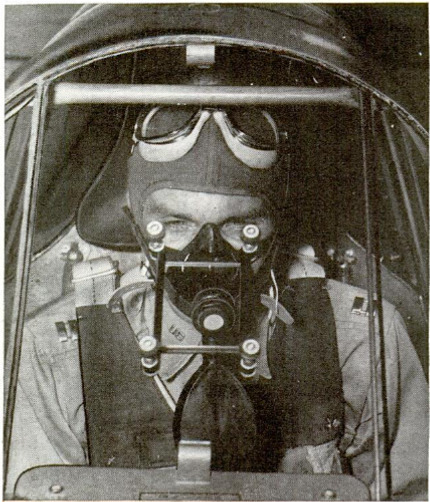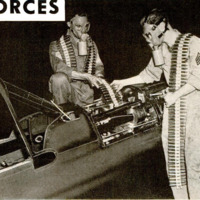Speed Demons of the Air Forces
Contenuto
- Titolo
- Speed Demons of the Air Forces
- Article Title and/or Image Caption
- Speed Demons of the Air Forces
- Autore secondario
- Thomas E. Stimson, Jr.
- Lingua
- Eng
- Copertura temporale
- World War II
- Data di rilascio
- 1942-02
- pagine
- 56-59, 173
- Diritti
- Public domain
- Sorgente
- Google books
- Archived by
- Enrico Saonara




